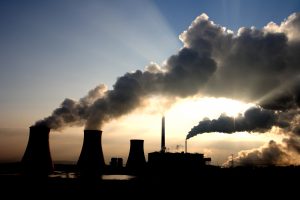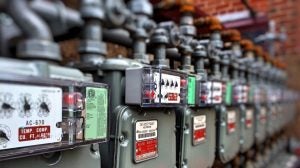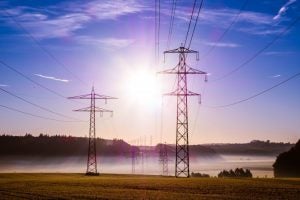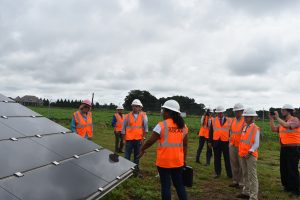That was the theme of the second World Statistics Day celebrated two years ago on October 20th, 2015. The holiday was designed for celebration every five years, but in light of recent attacks on climate science, it is critical to showcase the value of clean energy data now, more than ever.
So, why is clean energy data important? Why do we need it? As a data analyst, I expect to answer or debate questions about the significance, trends, and use of data. But I don’t usually expect questioning why data should exist in the first place.
Upon reflection, however, I’d say the simplest response is this: We need clean energy data to progress economically, socially, and technologically.
From a family trying to save money on their electricity bill to the global community collaborating on a cleaner, more renewable future, energy data can unlock an unending list of benefits by facilitating the design of effective policies, empowering people and businesses with information, and spurring energy innovation. Here are a just a few of those benefits. Read More



 By
By  West Virginia Gov. Jim Justice just pitched a coal boondoggle to President Donald Trump. And boy oh boy, it’s a doozy.
West Virginia Gov. Jim Justice just pitched a coal boondoggle to President Donald Trump. And boy oh boy, it’s a doozy.